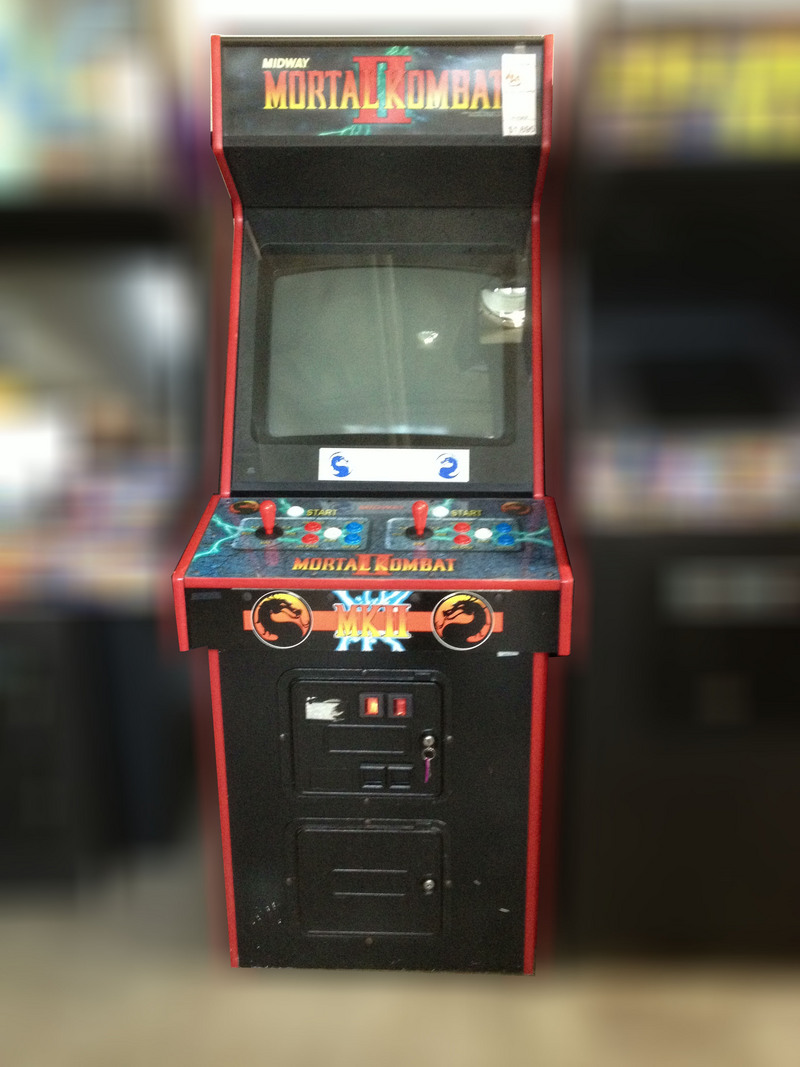

Returning characters also gained new special moves, including some to be used in mid-air, and the game plays almost twice as fast as the original. There are several changes in standard moves: a crouching punch and turnaround kick were added, low and high kicks had greater differentiation (be they crouching or standing up), the roundhouse kick was made more powerful (knocking an opponent across the screen, like the game's uppercut), and it is easier to perform a combo due to reduced recovery times for attacks. The gameplay system of Mortal Kombat II is an improved version of that from the original Mortal Kombat. Its legacy includes spawning a spin-off game Mortal Kombat: Shaolin Monks and having the greatest influence on the 2011 reboot game Mortal Kombat, as well as inspiring numerous video game clones. The game was an unprecedented commercial success and was acclaimed by most critics, receiving many annual awards and having been featured in various top lists in the years and decades to come, but also perpetuating a major video game controversy due to the continuously over-the-top violent content of the series. The game's plot continues from the first game, featuring the next Mortal Kombat tournament set in the otherdimensional realm of Outworld, with the Outworld and Earthrealm representatives fighting each other on their way to the evil emperor Shao Kahn. Mortal Kombat II was the second game in the Mortal Kombat series, improving the gameplay and expanding the mythos of the original Mortal Kombat, notably introducing more varied Fatality finishing moves and several iconic characters, such as Kitana, Kung Lao, Mileena and the series' recurring villain Shao Kahn.

It was later ported to multiple home systems, including the PC, Amiga, Game Boy, Sega Game Gear, Sega Genesis, Sega Saturn, Super Nintendo Entertainment System, and various PlayStation consoles.


Mortal Kombat II (commonly abbreviated as MKII) is a competitive fighting game originally produced by Midway Games for the arcades in 1993.


 0 kommentar(er)
0 kommentar(er)
